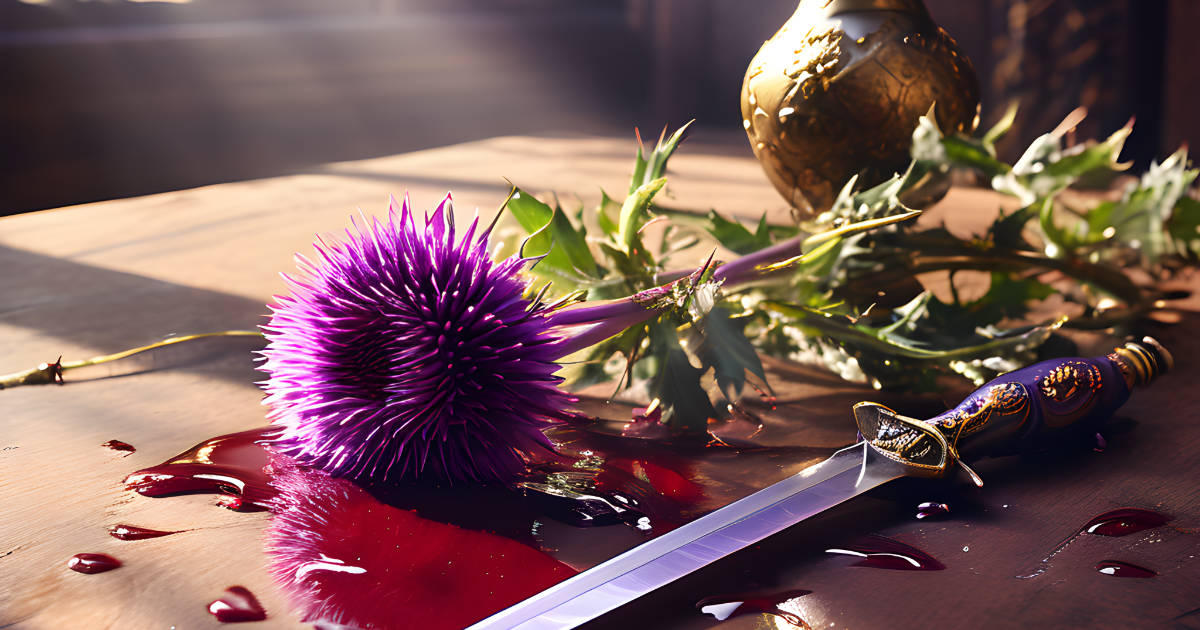Any fencer can take command of a team or a squad, but that doesn’t make them a commander. A commander fills the role of leader for the team and directs them toward specific objectives. As a fencing company, we need commanders who understand melee, tactics, and strategy enough to guide their team to victory.
Points of safety
Like any leadership position, physical safety may not be as much of a concern as mental or emotional safety for those in their charge. Being aware of your impact on the team’s morale and well-being can exemplify your commanding qualities.
- Lead with Grace: As the leader, your team looks to you for guidance and direction. Your commands should be forceful but not abusive.
- Praise Your Team: Before, during, and after a fight praise your team even if you lose. People will do more of what you praise them for rather than what they did wrong. You are the master of morale for the team.
- Be Loud: Inspire confidence and understanding with your teammates by being loud and clear enough with your commands for your team to understand what you need them to do.
General Points
The journey of a commander is one of study and dedication to the craft. It’s not only knowing how to perform a maneuver but when to use them, how to tweak them to fit your needs, and how to convey your intentions to your teammates in ways they can implement. You are a team player and your knowledge of every aspect of melee will come into play.
- Know Your Team: Understand the makeup of your team, what they’re good at, and where they will best serve the team. Take advantage of their strengths. Know them by name.
- Know Your Tactics: The best commanders have a wide range of tactics they can pull on. Study and practice different elements of tactics, planning, and strategy. What works when or where?
- Know Your Enemy: Be aware of the strengths and weaknesses of your enemy. Consider where and how they will approach the melee so you can plan accordingly. Don’t go into a melee blind to who you’re facing.
- Learn to Adapt: No plan fully survives contact with the enemy. Learn to adapt and how to adjust on the fly so you can direct your team as things change.
- Focus on the Goal: Make plans that are applicable to the goal at hand. There is a time and place for experimentation and there are times to focus. Know when to do either.
Training Ideas
- Shadow a Commander: Find a fellow fencer that commands in a way that stands out to you. Stay close to them during a melee and pay attention to what they do and how. Ask questions and watch.
- Plan Mock Melees: In your free time, create mock melee scenarios and puzzle through how you would approach the challenge. What are the objectives? How could you address them with your team, your tactics, and what might the enemy do? Try to think of all the variables so you’re used to that thinking process.
- Study Fencers: Take time to study fencers and their impact on melees. What skills do they have? How can you take advantage of their skills or address them if they are your enemy? The more you know, the more you’ll have at your disposal.
Assessment
What we’re looking for are fencers who can elevate the idea of commanding a team to a new level. It’s not just giving orders, but becoming a leader for the team. Commanders should have in-depth knowledge of melee and actively pursue its development. We want to see fencers who can plan tactics, in consultation with their team, and put that plan into action. Even though the role of a Commander in a melee may be demanding, it is rewarding, so snatch every opportunity you have to lead.

